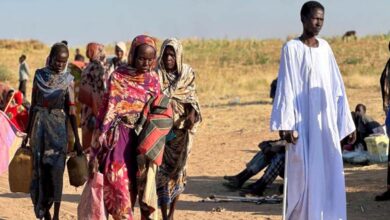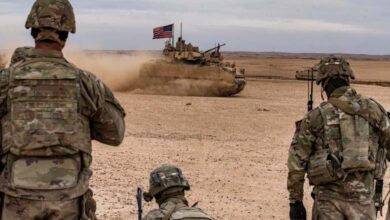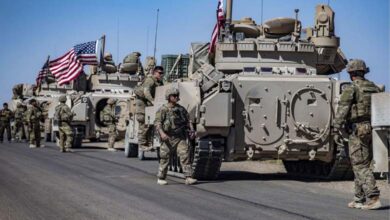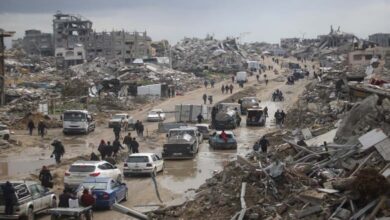A Change in ISIS and al-Qaeda Strategies in the Africain Sahel
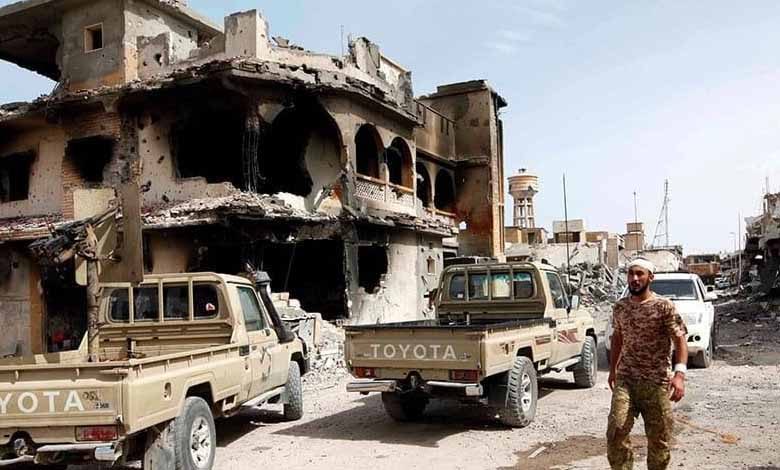
Since the April 26 terrorist attack that ended with the deaths of three journalists (Irish and Spanish) in Burkina Faso.
Different evidence has been uncovered about the modus operandi of ISIS and al-Qaeda terrorists in the Sahel. It has recently been noted that the terrorist groups have made slight progress outside their usual areas of activity.
Despite continuing to be in their ‘traditional territory’, the attacks took place within 600 kilometers of their usual staging grounds, in the case of the journalists killed near the National Park in the Ereli Forest, adjacent to the Pendjari National Park in neighboring Benin.
Attacks in northern Ivory Coast at the end of March targeted the Koumwe National Park, some 1000 kilometers from Mali’s triple border.
Al-Qaeda-linked channels reported that during the month of Ramadan militants carried out attacks in Benin near the Benedgari National Park, although they were not published in the media.
A common factor in these attacks is the presence of forests nearby. It is known that almost a year ago terrorists were confirmed in all the aforementioned forests. Terrorists use the forests as safe retreat areas, rest areas and training. So far, terrorist battalions have not attacked near the woods, but they have begun to do so.
In Nigeria, police revealed that Boko Haram was responsible for the April 25 attacks in Sheroro and Monia, about 130 kilometers from the capital Abuja. This is so far unusual because their usual area of activity is Borno State, which is about 700 kilometers away.
“In Nigeria’s Kaori region, near Benin, terrorists carried out another attack on 2 May, arriving on motorcycles in military uniform with Kalashnikovs, rocket-propelled grenades and machine guns, destroying villagers’ homes and looting their property.” A common factor in this targeting with previous attacks is that it occurred on the border between Niger and Benin. At a distance of 200 kilometers from the site of the attack is the Wo National Park, where ISIS terrorists are present.
In the Kaori attack, foreign terrorists were discovered. According to the villagers, the attackers were a mixture of Nigerians and foreigners. Residents indicated that some of the attackers spoke Hausa and Fulani, an ethnic language that is widely spread in other northern Nigerian states, but what is more curious is that some of them spoke Fulani, mixed with French words, so it is almost certain that some of them spoke French from a West African country. In addition, locals reported that some fighters manifestations and haircuts suggest they come from other countries.
In the meantime, since the end of April, ISIL’s “Sahelo-Saharan Branch” and al-Qaeda’s “Ansar al-Islam and Muslims” have maintained their traditional pressures on the Mali-Niger-Burkina Faso border. Neither of the two terrorist organizations appears ready to give up their areas of control to the other, so they do not hesitate to confront each other, and to fight local armies and international forces of the United Nations mission, Cuba, Berkhan and self-defense groups.
There seems to be an agreement between ISIL and al-Qaeda in the African Coast, not attacking each other in the forests they control in Mali, Burkina Faso, Niger, Ivory Coast, Benin or Nigeria. And when they do, we make sure they both want to eliminate each other.





